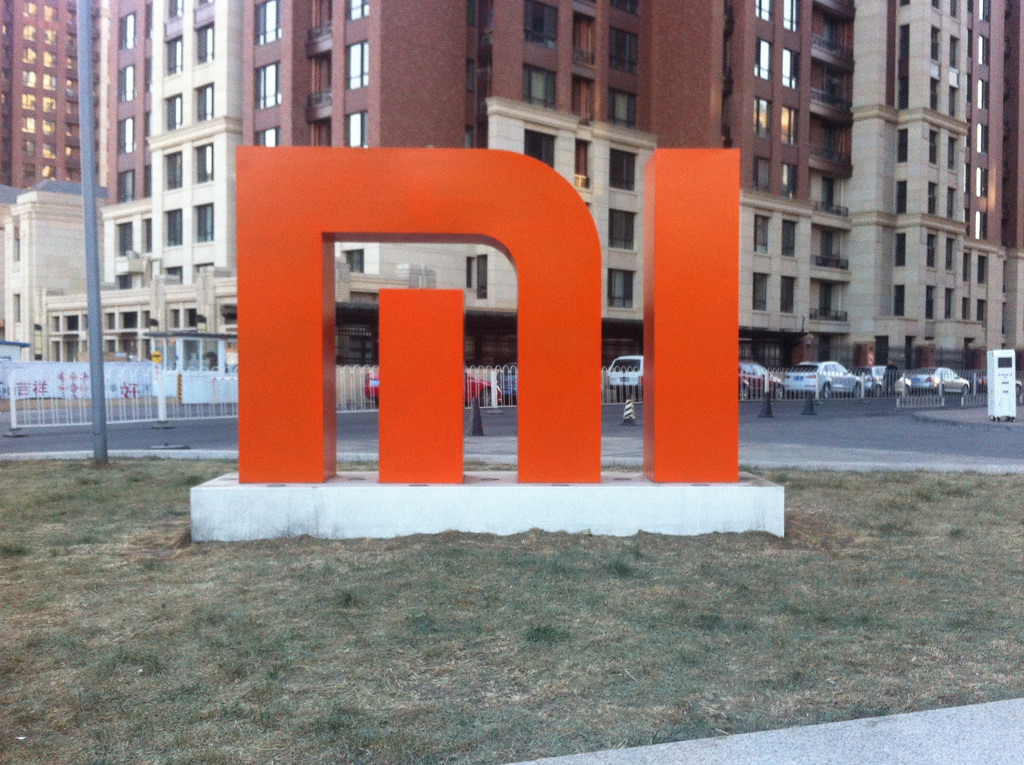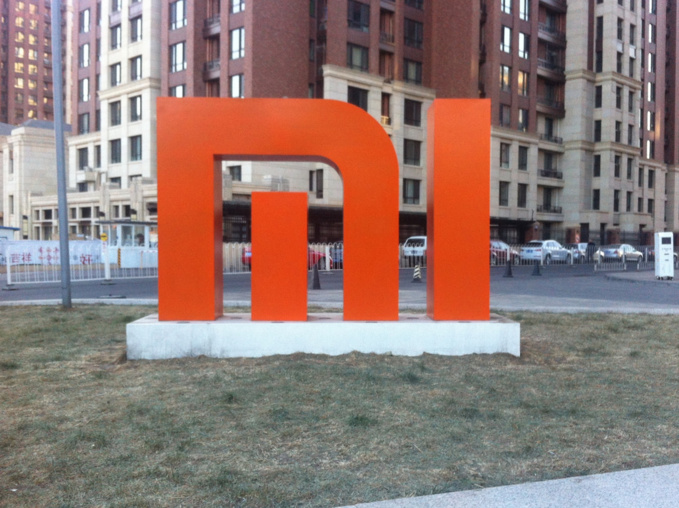In a renewed "Guide to Greener Electronics" (the paper had previously been released from 2006 to 2012), the American branch of Greenpeace analyzed how effectively 17 leading producers of smartphones, tablets and laptops solve the problem of the negative impact of their production and products on the environment. The companies' performance was evaluated in three directions: reduction of harmful emissions through the use of energy from renewable sources, use of recycled materials and durability of products, as well as refusal to use hazardous chemicals in the product itself and during its production. According to the rating, none of the 17 companies managed to get the highest score "A". Fairphone and Apple, which received "B" rating, topped the list. Dell and HP, rated "C", are behind them, and the remaining 11 companies received only "D" and "F" ratings, of which the last three were taken by the Chinese producers Oppo, Vivo and Xiaomi.
The study notes that the technologies of the 21st century are backed by "suppliers and production processes that still use energy sources of the XIX century, dangerous methods of mining, harmful chemicals and produce products that stimulate the consumption of the Earth's resources."
Up to 80% of harmful emissions fall on the process of manufacturing electronic devices. As Greenpeace notes, only a few companies transfer their supplier networks to renewable energy sources, and Apple is generally the only one that uses solely renewable energy (96%). In 2016, the amount of greenhouse gas emitted by plants of thecompanies included in this guidebook reached, according to Greenpeace, 103 million metric tons, which is comparable to the emissions of the Czech Republic in one year.
The largest manufacturer of smartphones Samsung took the 13th place in the ranking due to low scores for all indicators. In particular, only 1% of the company's electricity used last year was obtained from renewable sources. At the same time, harmful emissions of Samsung have grown by 24% since 2014 and, according to Greenpeace forecasts, will grow by another 15% by the end of 2017.
Among those who abuse this way of increasing sales are Apple, Microsoft and Samsung. HP, Dell and Fairphone produce devices that are easy to fix or improve and that, accordingly, serve consumers longer.
One of the most serious problems that Greenpeace identifies in the study is the lack of transparency in the work of producers. Few of the large companies report data on supplier networks, the use of renewable energy sources and hazardous chemicals. For example, only five companies (Apple, Dell, Google, HP and Microsoft) out of 17 publish a list of chemicals, the use of which must be limited in production.
Chinese manufacturers of Oppo, Vivo and Xiaomi smartphones proved to be the most harmful to the environment, especially with regards to the transparency of their activities in all three areas and the use of energy from renewable sources. At the same time, the share of Chinese manufacturers in the world is constantly growing: according to IDC, in the second quarter of 2017, Huawei, Oppo and Xiaomi accounted for 25% of the global smartphone market.
source: greenpeace.org
The study notes that the technologies of the 21st century are backed by "suppliers and production processes that still use energy sources of the XIX century, dangerous methods of mining, harmful chemicals and produce products that stimulate the consumption of the Earth's resources."
Up to 80% of harmful emissions fall on the process of manufacturing electronic devices. As Greenpeace notes, only a few companies transfer their supplier networks to renewable energy sources, and Apple is generally the only one that uses solely renewable energy (96%). In 2016, the amount of greenhouse gas emitted by plants of thecompanies included in this guidebook reached, according to Greenpeace, 103 million metric tons, which is comparable to the emissions of the Czech Republic in one year.
The largest manufacturer of smartphones Samsung took the 13th place in the ranking due to low scores for all indicators. In particular, only 1% of the company's electricity used last year was obtained from renewable sources. At the same time, harmful emissions of Samsung have grown by 24% since 2014 and, according to Greenpeace forecasts, will grow by another 15% by the end of 2017.
Among those who abuse this way of increasing sales are Apple, Microsoft and Samsung. HP, Dell and Fairphone produce devices that are easy to fix or improve and that, accordingly, serve consumers longer.
One of the most serious problems that Greenpeace identifies in the study is the lack of transparency in the work of producers. Few of the large companies report data on supplier networks, the use of renewable energy sources and hazardous chemicals. For example, only five companies (Apple, Dell, Google, HP and Microsoft) out of 17 publish a list of chemicals, the use of which must be limited in production.
Chinese manufacturers of Oppo, Vivo and Xiaomi smartphones proved to be the most harmful to the environment, especially with regards to the transparency of their activities in all three areas and the use of energy from renewable sources. At the same time, the share of Chinese manufacturers in the world is constantly growing: according to IDC, in the second quarter of 2017, Huawei, Oppo and Xiaomi accounted for 25% of the global smartphone market.
source: greenpeace.org



















